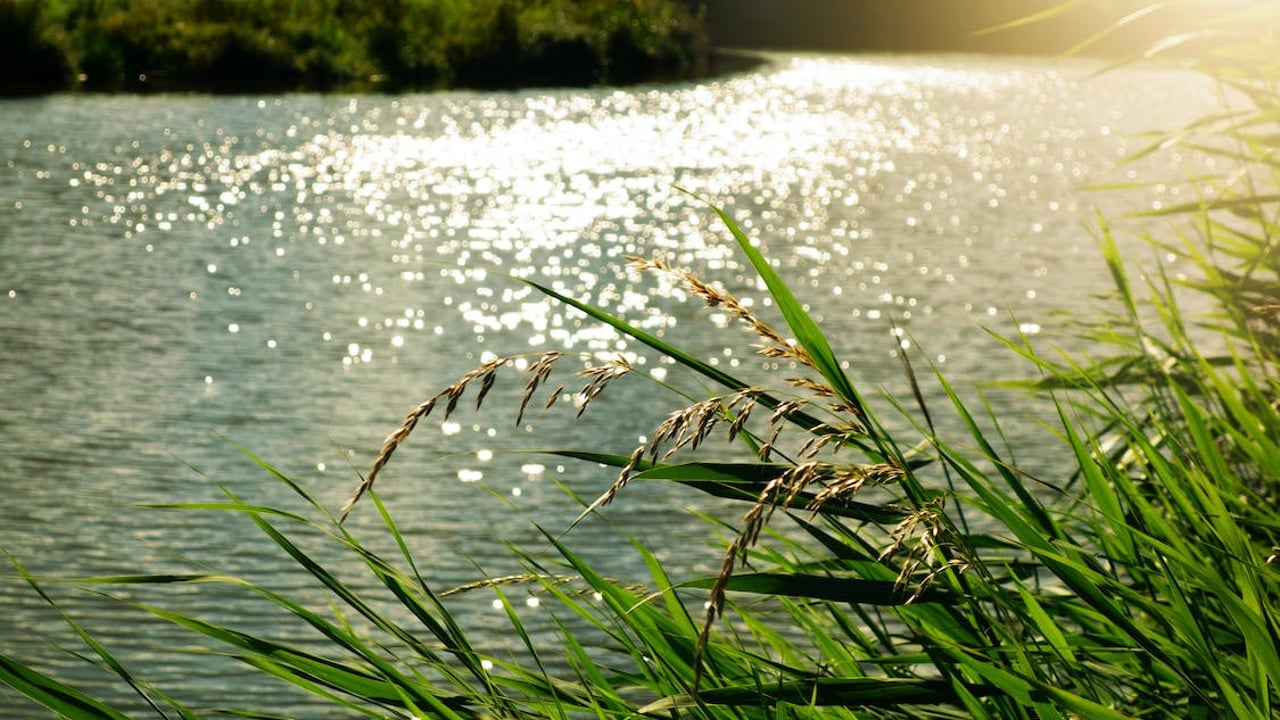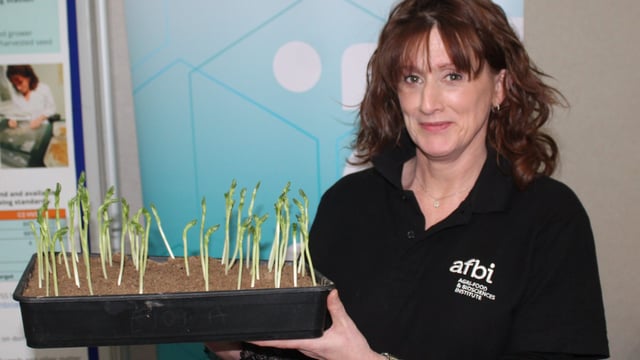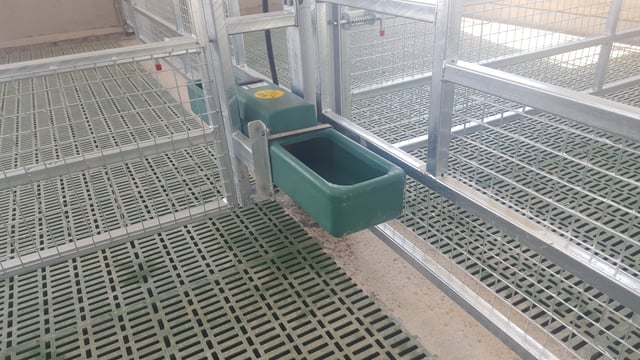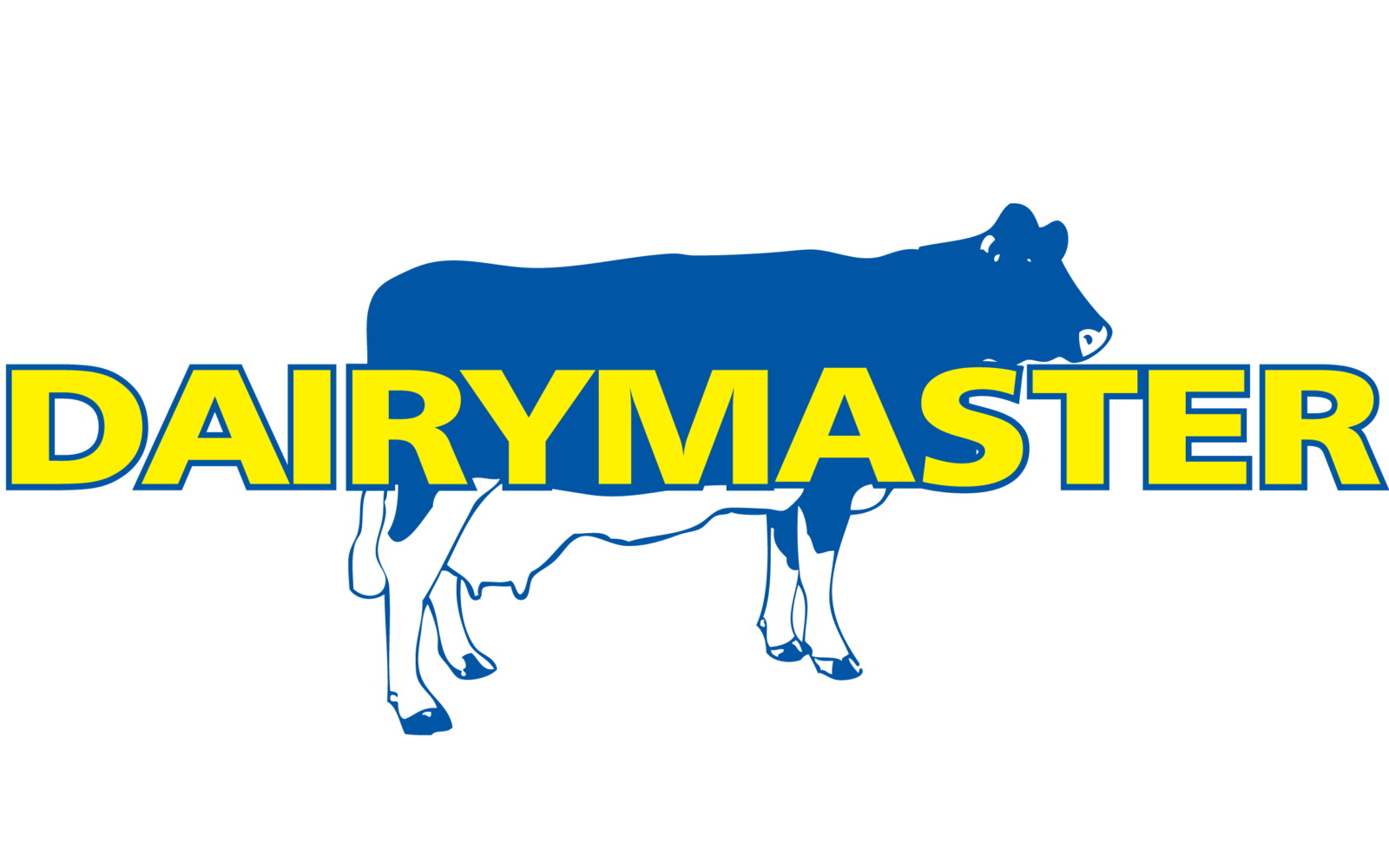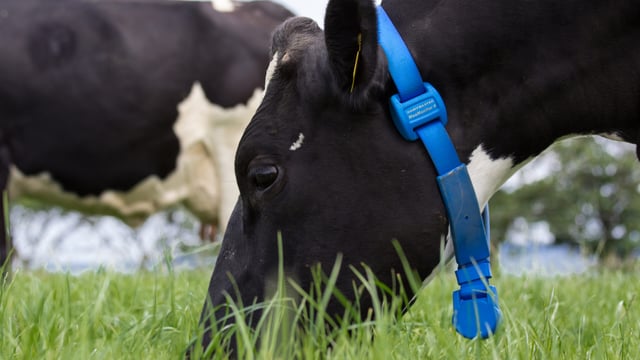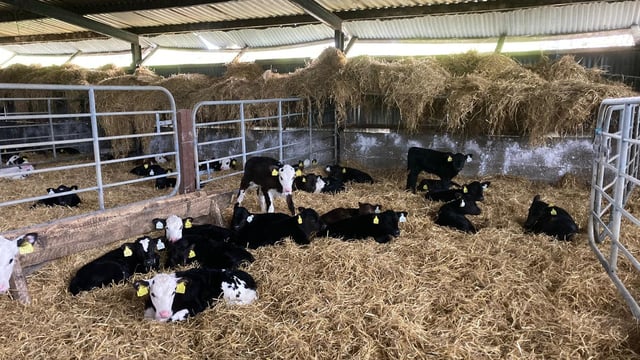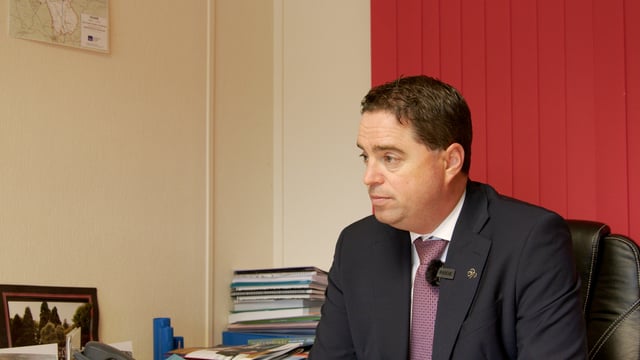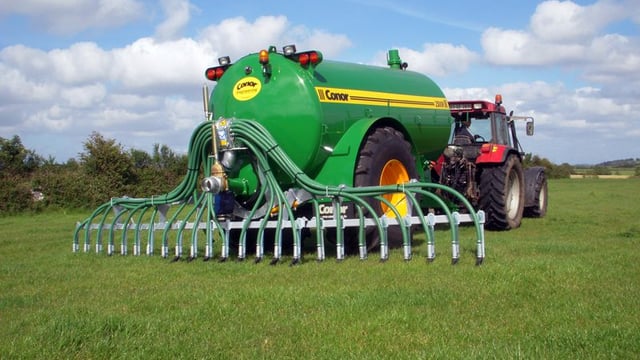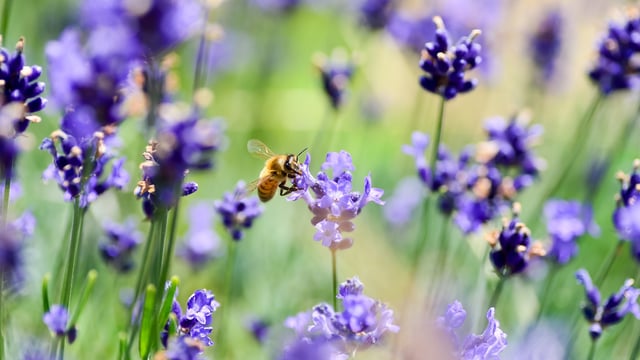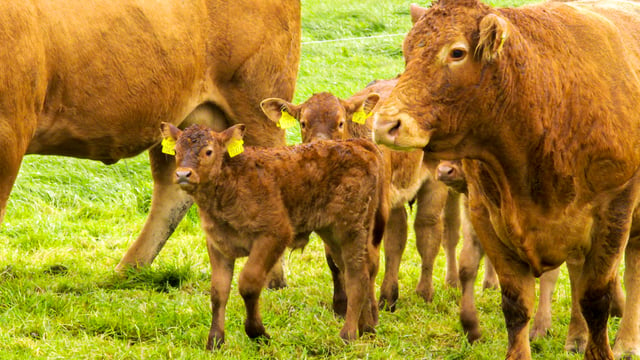Positive change in farmers' mindsets for improving water quality
While the story of water quality is not completely positive, with work to be done in many catchments, Teagasc representatives said there has been a "big change" in farmers' mindsets.
Director of Teagasc, Prof. Frank O'Mara said that local meetings on the issues of environment and water quality are seeing large turnouts of farmers.
Prof. O'Mara said that farmers are open to taking ownership for poor water quality "if they are part of the issue".
Data from the Environmental Protection Agency (EPA) suggests that nitrogen (N) concentrations in waters nationally reduced in the first half of 2024 relative to other years, and that they are at the lowest they have been since 2016.
"We know the measures that need to be implemented on farms and there is uncertainty around the time lag but the 2024 data that the EPA published for the first half of the year is positive," Prof. O'Mara said.
The report stated that it is too early to identify the cause of the reduction in N levels in major Irish rivers.
Prof. O'Mara said there is "hope" that the measures farmers have been implementing over the last two or three years will begin showing results in data around water quality levels.
"It would be strange if all those measures being done are not having some impact, so hopefully they are part of the story that improved water quality last year," he said.
Teagasc expects to see further reductions in N levels following the developments of its 'Farming for Water: 8-Action for Change’ campaign launched last year.
The campaign uses a multi-actor river catchment approach to improve water quality and build on existing programmes, such as the Agricultural Sustainability Support and Advisory Programme (ASSAP).
Stakeholders include all farmers, farming organisations, meat and dairy processors, the tillage sector, environmental regulators, local authorities, advisers/researchers and media.
Different catchments throughout the country have been identified for the campaign including the following rivers: Barrow; Nore; Suir; Slaney; Blackwater; Lee, and Boyne.
There is variation in the objectives set out for each catchment, but the overall goal is to improve nutrient status.

